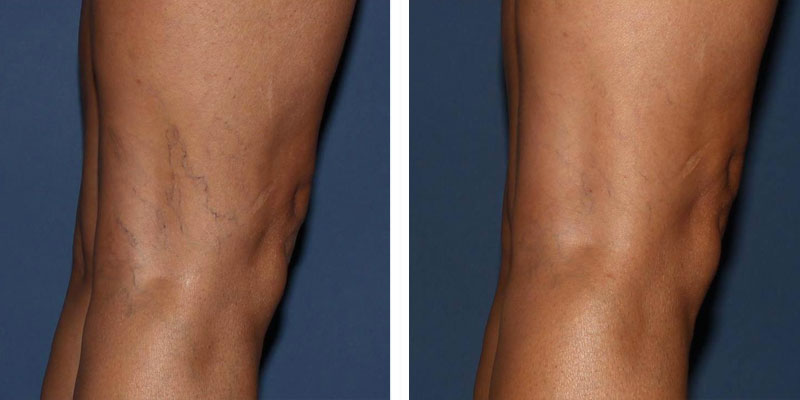Dr. Khan is the medical director of VeinGuard Heart & Vascular Center and specializes in the treatment of spider veins in Tyson Corner and Fairfax.
Treatment for spider veins is personalized based on the extent of your condition and your lifestyle needs. Conservative measures such as maintaining a healthy weight, exercising regularly, and wearing compression stockings can help manage discomfort and may prevent the development of additional spider veins.
For effective removal and reduction of spider veins, non-surgical treatments are available to improve the appearance of your legs with minimal downtime. These include Excel V Laser Treatment and Sclerotherapy, which safely target and eliminate spider veins to help achieve clearer, healthier-looking skin with long-lasting results.




